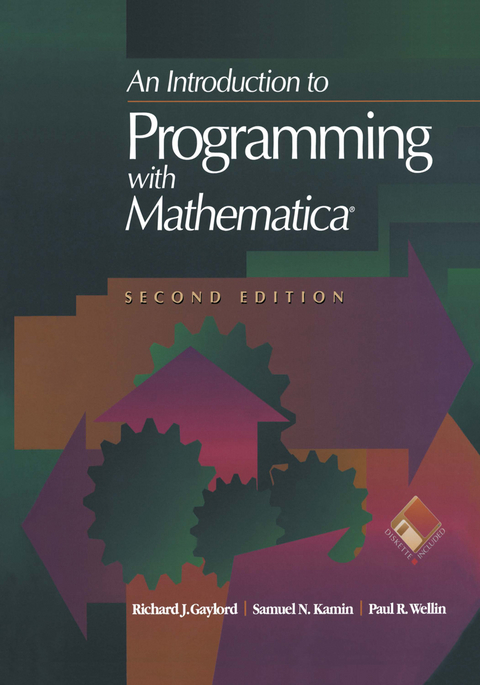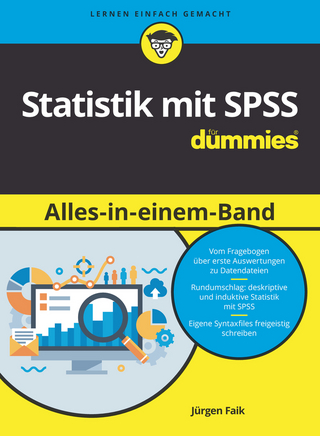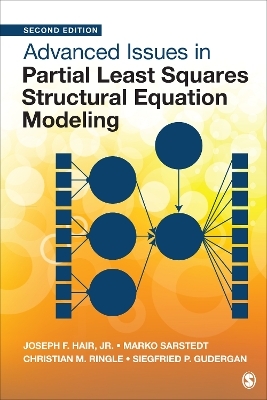
An Introduction to Programming with Mathematica®
Springer-Verlag New York Inc.
978-0-387-94434-0 (ISBN)
Accompanying the book, as with all TELOS sponsored publications, is an electronic component. In this case it is a DOS-Diskette produced by one of the coauthors, Paul Wellin. This diskette consists of Mathematica notebooks and packages which contain the codes for all examples and exercises in the book, as well as additional materials intended to extend many ideas covered in the text. It is of great value to teachers, students, and others using this book to learn how to effectively program with Mathematica .
1 Preliminaries.- 1.1 Introduction.- 1.2 Using Mathematica.- 1.3 The Mathematica Language.- 1.4 The Mathematica Interface.- 2 A Brief Overview of Mathematica.- 2.1 Numerical and Symbolic Computations.- 2.2 Functions.- 2.3 Graphics.- 2.4 Representation of Data.- 2.5 Programming.- 3 List Manipulation.- 3.1 Introduction.- 3.2 Creating and Measuring Lists.- 3.3 Working With the Elements of a List.- 3.4 Working with Several Lists.- 3.5 Higher-Order Functions.- 3.6 Applying Functions to Lists Repeatedly.- 3.7 Strings and Characters.- 4 Functions.- 4.1 Introduction.- 4.2 Programs as Functions.- 4.3 User-Defined Functions.- 4.4 Auxiliary Functions.- 4.5 Anonymous Functions.- 4.6 One-Liners.- 5 Evaluation of Expressions.- 5.1 Introduction.- 5.2 Creating Rewrite Rules.- 5.3 Expressions.- 5.4 Patterns.- 5.5 Term Rewriting.- 5.6 Transformation Rules.- 6 Conditional Function Definitions.- 6.1 Introduction.- 6.2 Conditional Functions.- 6.3 Example—Classifying Points.- 7 Recursion.- 7.1 Fibonacci Numbers.- 7.2 List Functions.- 7.3 Thinking Recursively.- 7.4 Recursion and Symbolic Computations.- 7.5 Gaussian Elimination.- 7.6 Trees.- 7.7 Dynamic Programming.- 7.8 Higher-Order Functions and Recursion.- 7.9 Debugging.- 8 Iteration.- 8.1 Newtons Method.- 8.2 Vectors and Matrices.- 8.3 Passing Arrays to Functions.- 8.4 Gaussian Elimination Revisited.- 9 Numerics.- 9.1 Types of Numbers.- 9.2 Random Numbers.- 9.3 Precision and Accuracy.- 9.4 Numerical Computations.- 10 Graphics Programming.- 10.1 Graphics Primitives.- 10.2 Graphics Directives and Options.- 10.3 Built-in Graphics Functions.- 10.4 Graphics Programming.- 10.5 Sound.- 11 Applications.- 11.1 The Random Walk.- 11.2 The Game of Life.- 11.3 Implementing Languages.- 12 Contexts and Packages.- 12.1 Introduction.- 12.2 UsingPackages.- 12.3 Contexts.- 12.4 Packages.- 12.5 Avoiding Name Collisions.- 12.6 The BaseConvert Package.- 12.7 The RandomWalks Package.- References.
| Zusatzinfo | XXIII, 452 p. |
|---|---|
| Verlagsort | New York, NY |
| Sprache | englisch |
| Maße | 178 x 254 mm |
| Themenwelt | Mathematik / Informatik ► Informatik |
| Mathematik / Informatik ► Mathematik ► Computerprogramme / Computeralgebra | |
| Mathematik / Informatik ► Mathematik ► Wahrscheinlichkeit / Kombinatorik | |
| ISBN-10 | 0-387-94434-6 / 0387944346 |
| ISBN-13 | 978-0-387-94434-0 / 9780387944340 |
| Zustand | Neuware |
| Informationen gemäß Produktsicherheitsverordnung (GPSR) | |
| Haben Sie eine Frage zum Produkt? |
aus dem Bereich


